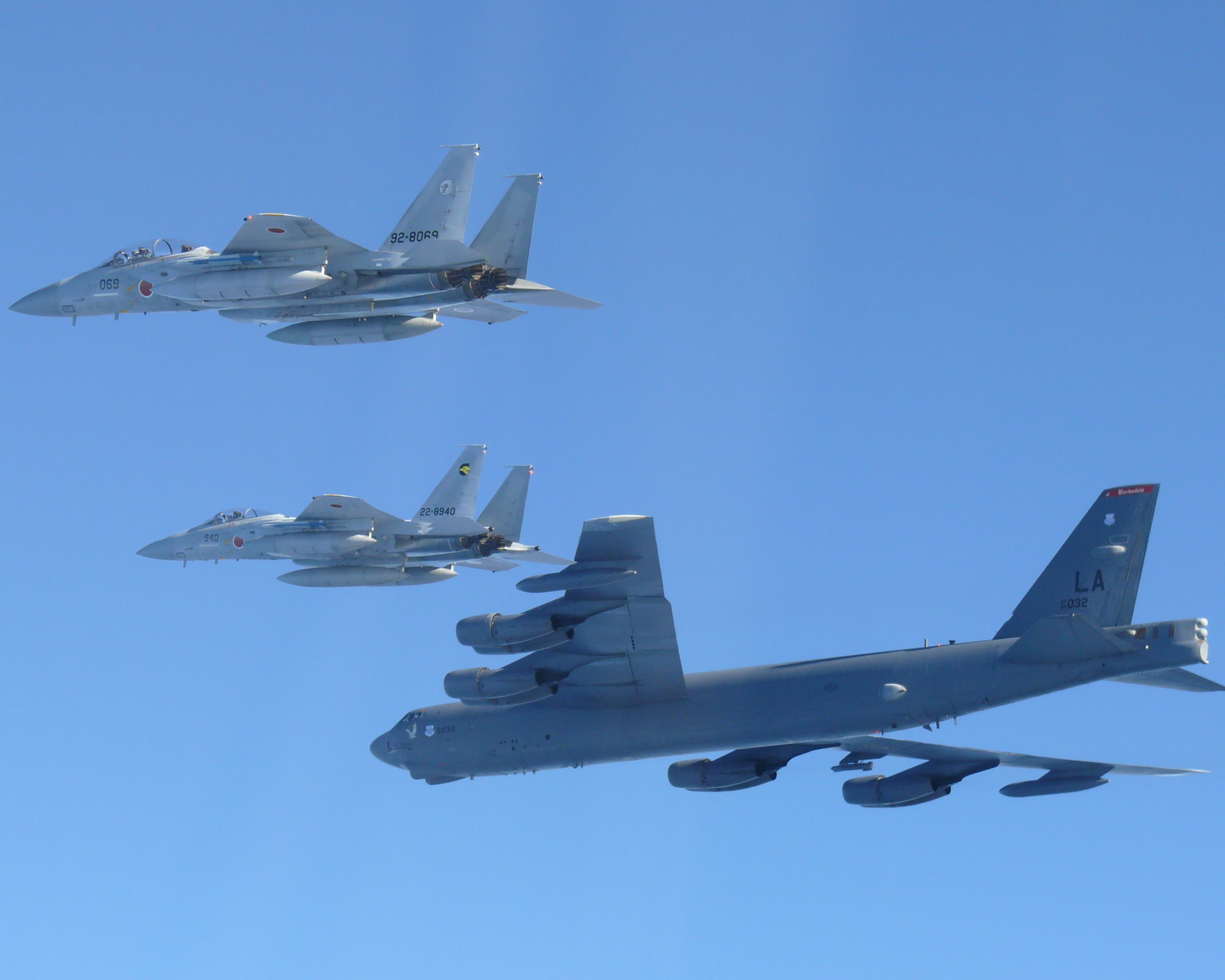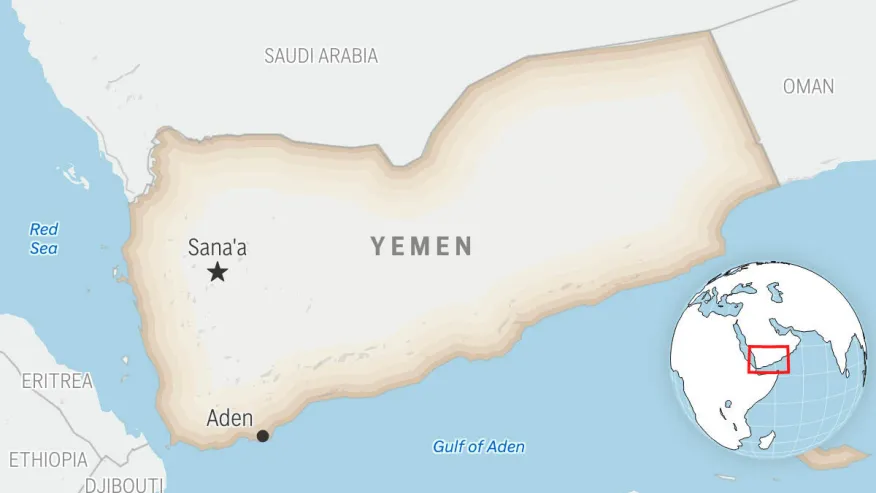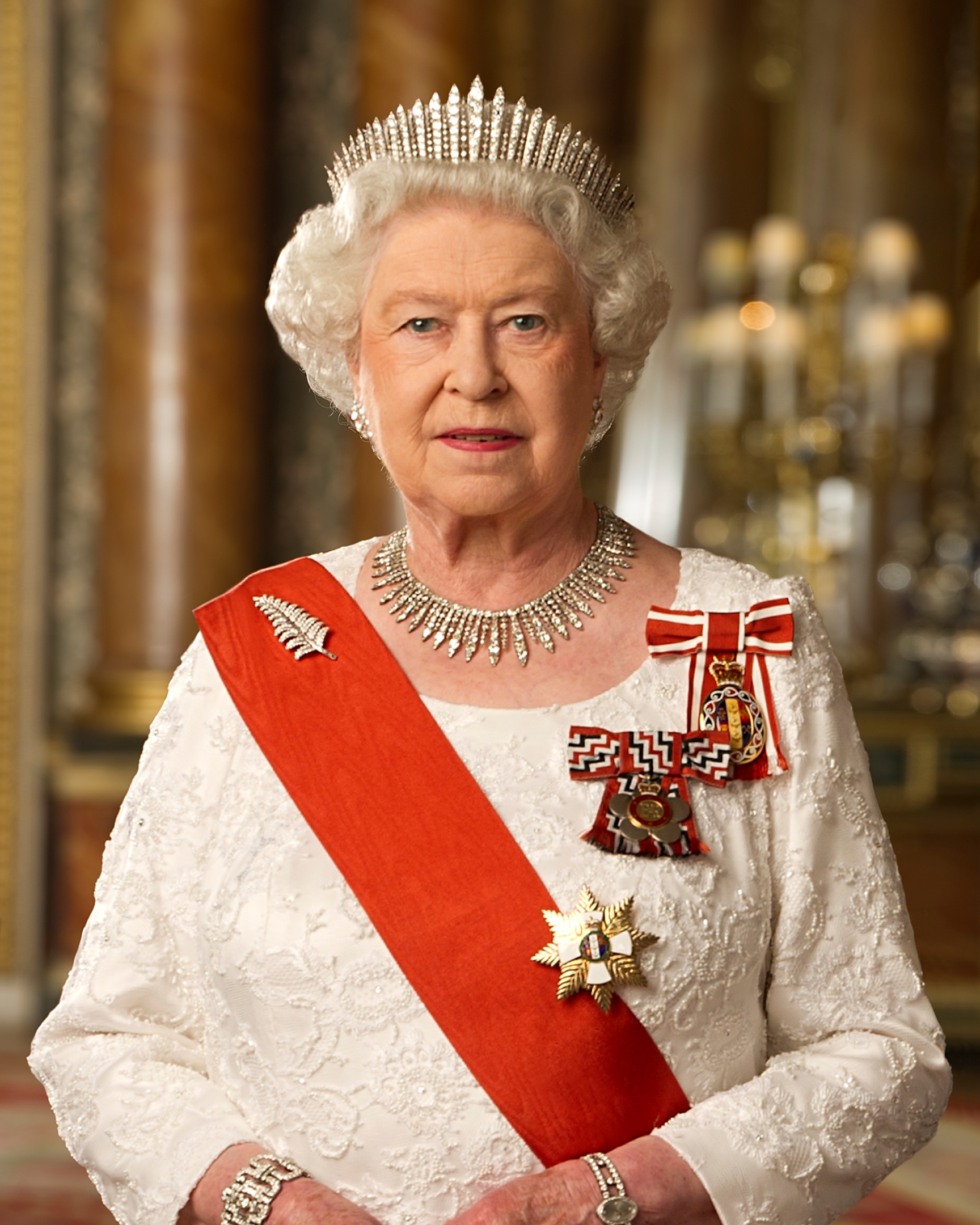Trump’s Caucasus Peace Gamble: A Win for Washington, a Wild Card for the Region
After nearly four decades of bad blood, gunfire, and stalled negotiations, Armenia and Azerbaijan have finally signed a peace deal—and it happened not in Yerevan or Baku, but in Washington, DC, with Donald Trump beaming beside the two leaders. On paper, it’s historic. In practice, it’s a geopolitical chess match that’s just getting started.
The agreement does more than end the war over Nagorno-Karabakh. It greenlights the “Trump Route for International Peace and Prosperity” (yes, that’s the official name), a 43-kilometer transit link through Armenia’s southern Syunik province, connecting mainland Azerbaijan to its Nakhchivan exclave. The US gets exclusive development rights, which means Washington is no longer just watching the South Caucasus—it’s moving in.
The applause came fast. The EU called it a “major development.” The UN praised the “lasting peace” angle. Turkey declared it “a rare historic opportunity” and vowed to back its “brother” Azerbaijan. Even Pope Leo XIV chimed in, blessing the deal as a sign of hope. In the rarest of feats, Trump managed to get everyone from Brussels bureaucrats to Turkish nationalists nodding in agreement—at least for now.
But scratch the surface, and the cracks show. Iran, which shares a border with Armenia right where the TRIPP would run, isn’t thrilled about a US-built road skirting its frontier. Tehran insists it’s fine with peace, but bristles at “foreign intervention” near its borders. Russia’s also in a sulk. Moscow still sees itself as the traditional power broker in the Caucasus and warns that any settlement “must be situated within the regional context”—code for “stop cutting us out of the deals.”
Then there’s the sovereignty puzzle. Armenian Prime Minister Nikol Pashinyan swears the route will remain under full Armenian jurisdiction, with no military component. The opposition isn’t buying it, accusing him of caving to Azerbaijan and turning a domestic road into an extraterritorial corridor in all but name. They also point out that the deal dissolves the Minsk Group—the only long-standing multilateral forum on this conflict—leaving the US with sole bragging rights as peacemaker.
Washington’s motivations aren’t purely altruistic. With exclusive rights over the TRIPP, the US stands to lock in trade, energy, and tech corridors stretching from Central Asia to Europe. That’s leverage over Russia’s north-south routes, a headache for Iran, and potentially a rival to China’s Belt and Road. Great for American influence; less great for keeping all the regional players calm.
So yes, Trump deserves credit. In a part of the world where peace talks have usually ended in disappointment or another round of shelling, brokering this deal is a big win. But the US isn’t just brokering peace—it’s planting a flag. And the more Washington leans in, the more it risks being seen not as a referee, but as a player. In the South Caucasus, that’s a dangerous role to take.
The ink on the agreement is barely dry. The road’s not built. The geopolitical aftershocks haven’t fully hit. If history in this region teaches us anything, it’s that peace deals are only as good as the powers willing to guard—and not game—them.
For now, Trump gets his handshake moment, Armenia and Azerbaijan get their first shot at real peace, and the South Caucasus gets a brand-new uncertainty wrapped in a ribbon of asphalt.








The latest news in your social feeds
Subscribe to our social media platforms to stay tuned